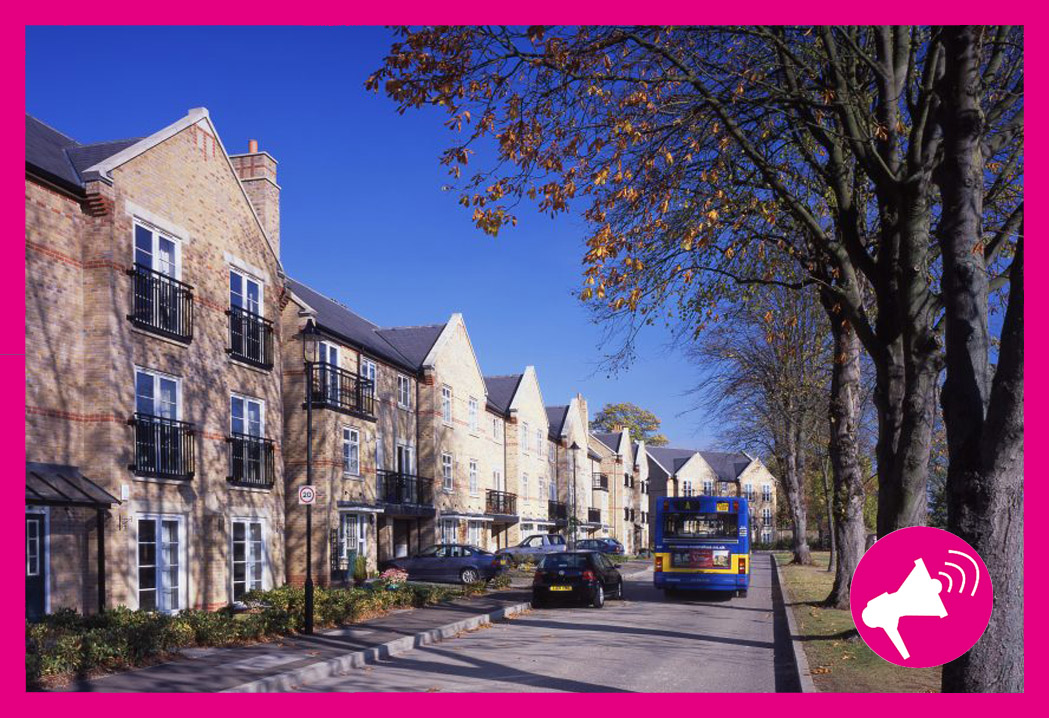About
Caterham Barracks Village was developed by Linden Homes South-East on 16 hectares of former Ministry of Defence army barracks in 1998. For over 100 years, the original army barracks dominated the community of Caterham-on-the-Hill. Following its closure in 1995, significant social and economic impacts were felt in the town. Tandridge District Council organised a public consultation that designated a large part of the site a Conservation Area and produced a Planning brief. Although the brief was considered unviable by many developers, locally based Linden Homes bought the site, believing that additional development would be acceptable if significant community benefits were delivered.
Completed in 2008, February 2018 marked 20 years since the “ground-breaking” community-planning weekend at Caterham Barracks. Facilitated by John Thompson & Partners (JTP) on behalf of Linden Homes, between February 27th and March 3rd 1998, over 1000 people attended the weekend to create a vision for what was to become of the village – a mixed-use neighbourhood with its own Community Development Trust. This was the first time that a large-scale collaborative planning process has been promoted in the UK by a private developer, and the success of the Village has been recognised through numerous national and international awards.
Project details
The site was first purchased in 1998 and was completed in 2008. It is now 20 years old and is an example of a private developer using consensus-led master planning to create a new sustainable community.
The development is a mixed use neighbourhood that includes housing, supermarkets, offices, veterinary hospital, doctors surgery, indoor skateboard and BMX centre, landscaping and open space. 361 homes have a range of housing tenures; blocks of different tenures are pepper-potted across the development. The listed chapel and 18 other buildings were refurbished. The site was reconnected to its surroundings through reuse and the opening of the boundary wall for accessibility to the newly created public realm, amenities and services. A dedicated, self-financing bus service to connect the village with Caterham railway station was created.
A local resident championed more facilities for young people, and within a few months ‘Skaterham’, a youth project providing skateboard, inline and BMX facilities, was set up in the former gymnasium. In March 2002 it transferred from the gymnasium to the listed chapel, and now has thousands of active members.
Governance of the new Village at Caterham is through a Community Development Trust: the Caterham Barracks Community Trust. This was the direct result of the Community Planning Weekend, where local people expressed a desire for on-going involvement in the creation and running of the community. The trust was established to manage the community facilities and manages leisure and business facilities and creates jobs for local people. It has 11 Trustees, including a resident trustee and an employer trustee. The Trust took over management of buildings and open spaces for community use.

